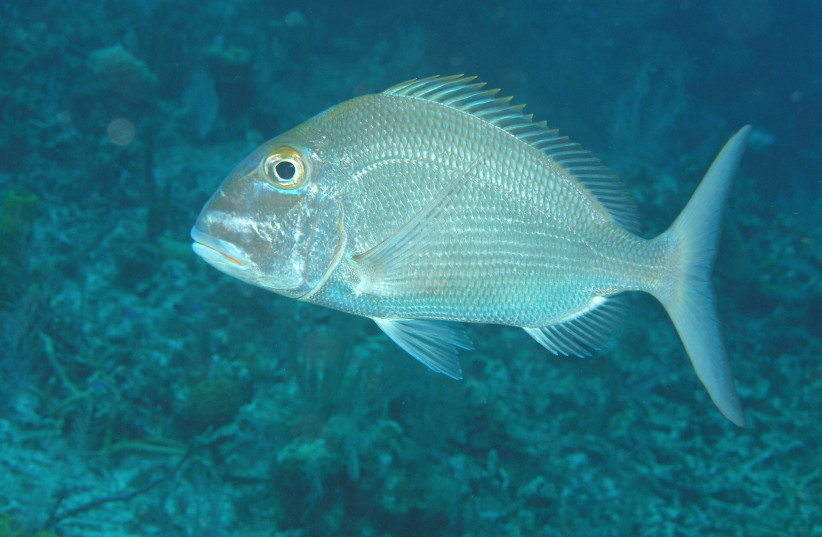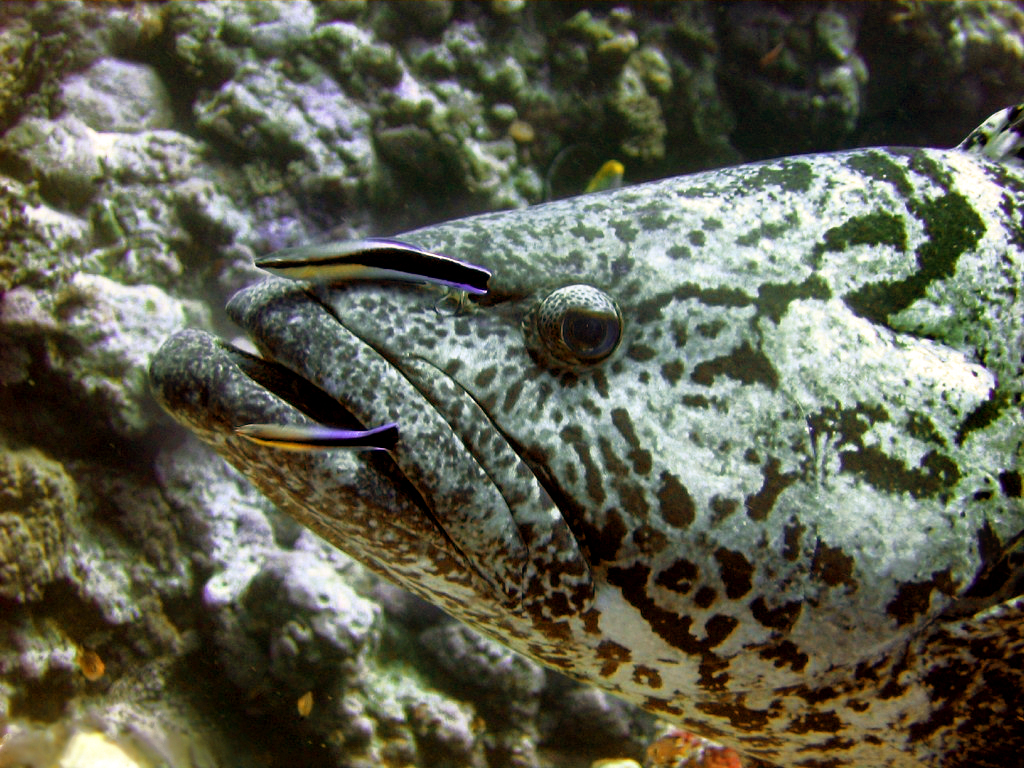Scientists find that fish can recognize themselves in photos - study
Humans readily distinguish between photographs of both familiar – including the self – and unknown people by referring to mental images of faces. But what about fish?
For the first time with animals, a team of researchers has found that fish recognize themselves from a picture. The group, led by Prof. Masanori Kohda from the Graduate School of Science at Osaka Metropolitan University in Japan, discovered that the determining factor was not seeing their own body but seeing their face.
Humans readily distinguish between photographs of both familiar – including the self – and unknown people by referring to mental images of faces. We have a mental image of our own faces and recognize our mirror reflection via self-face recognition.
Some animals have the capacity for mirror self-recognition (MSR), but implications for self-awareness remain controversial.
“Here, we show that cleaner fish, known to scientists as Labroides dimidiatus, likely recognize their own mirror image using a mental image of the self-face comparable to humans,” the researchers said in their study. “Cleaner fish maintain cleanliness in fish tanks by consuming parasites and dead skin, thereby serving as housekeepers for other fish species.”
Two bluestreak cleaner wrasses removing dead skin and external parasites from a potato grouper https://en.wikipedia.org/wiki/Cleaner_fish
What do fish do in front of a mirror?
Fish that had never seen a mirror before frequently attacked photographs of both themselves and strangers.
“In contrast, after passing the mirror test, aggression against their own photograph and composite photographs of [their] own face/stranger body declined, but aggression remained toward unfamiliar and composite photographs of stranger face/own body,” they wrote. “Our results suggest that cleaner fish with MSR ability can recognize their own mirror image based on a mental image of their own face rather than by comparing body movements in the mirror. This study demonstrates how animals recognize self-images.”
 Picture of a Blue Tilapia (credit: Courtesy)
Picture of a Blue Tilapia (credit: Courtesy)Each cleaner fish was presented with four photographs: one of themselves; one of an unfamiliar cleaner fish; one of their own face on an unfamiliar cleaner’s body; and another of an unfamiliar cleaner’s face on their own body.
The study appeared in the peer-reviewed journal Proceedings of the [US] National Academy of Sciences under the title “Cleaner fish recognize self in a mirror via self-face recognition like humans.”
“This study is the first to demonstrate that fish have an internal sense of self. Since the target animal is a fish, this finding suggests that nearly all social vertebrates also have this higher sense of self,”
Masanori Kohda
Interestingly, the cleaner fish did not attack photos with their own faces but did attack those with the faces of unfamiliar cleaner fish. Together, these results indicate that the cleaner fish determined who was in the photograph based on the face in the photo, but not the body, in a similar way as humans do.
To negate the possibility that the fish considered photographs of themselves as very close companions, a photograph mark-test was conducted. Fish were presented with a photograph where a parasite-like mark was placed on their throat. Six of the eight individuals that saw the photograph of themselves with a parasite mark were observed to rub their throats to clean it off, the researchers reported. Showing those same fish pictures of themselves without parasite marks or of a familiar cleaner fish with parasite marks did not cause them to rub their throats.
“This study is the first to demonstrate that fish have an internal sense of self,” Kohda said. “Since the target animal is a fish, this finding suggests that nearly all social vertebrates also have this higher sense of self.”
Bluestreak cleaner wrasse found to recognize self in photograph after passing mirror test
THIS PAGE WAS POSTED BY SPUTNIK ONE OF THE SPUTNIKS ORBIT BLOG



No comments:
Post a Comment
Stick to the subject, NO religion, or Party politics